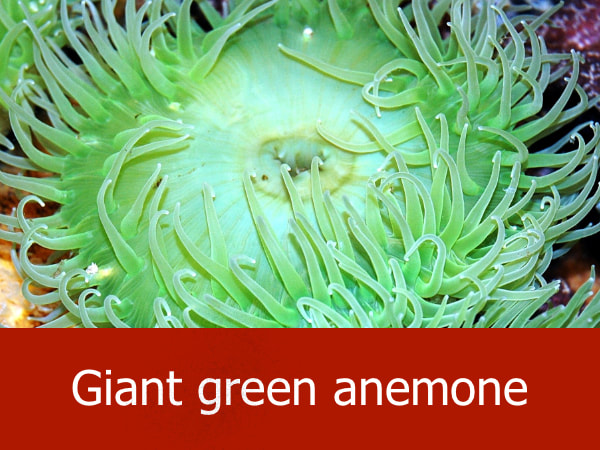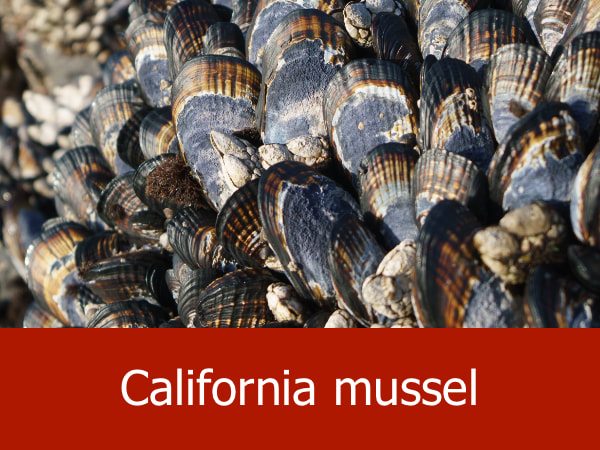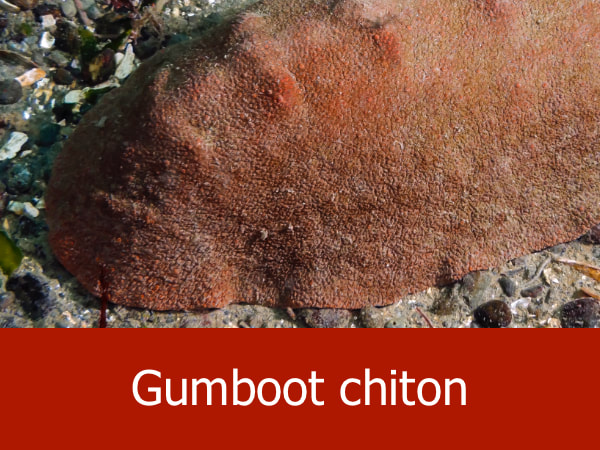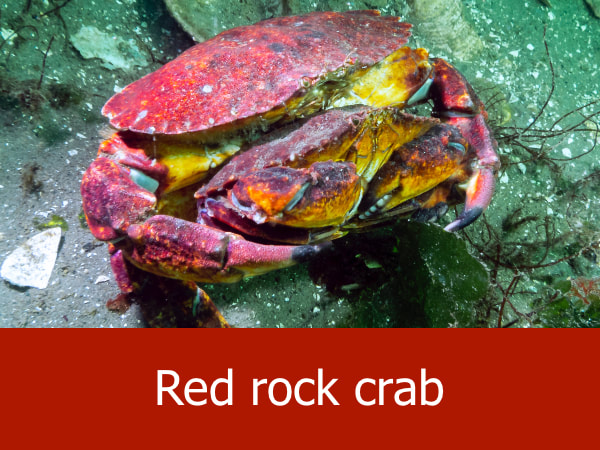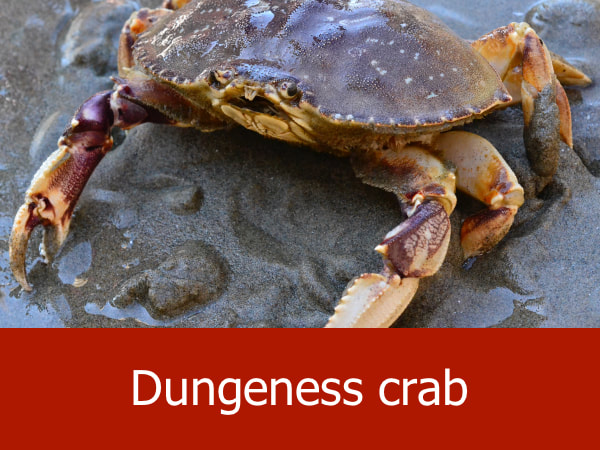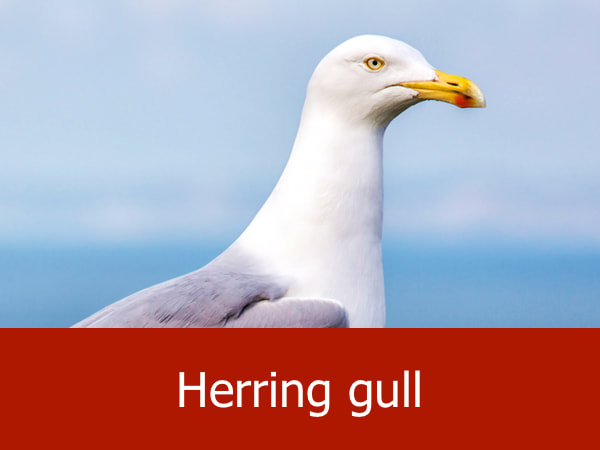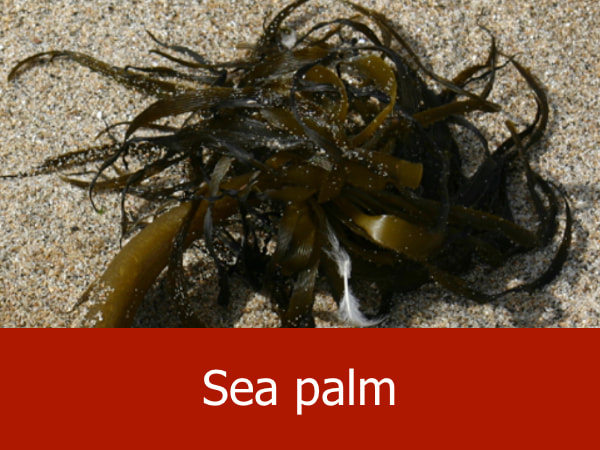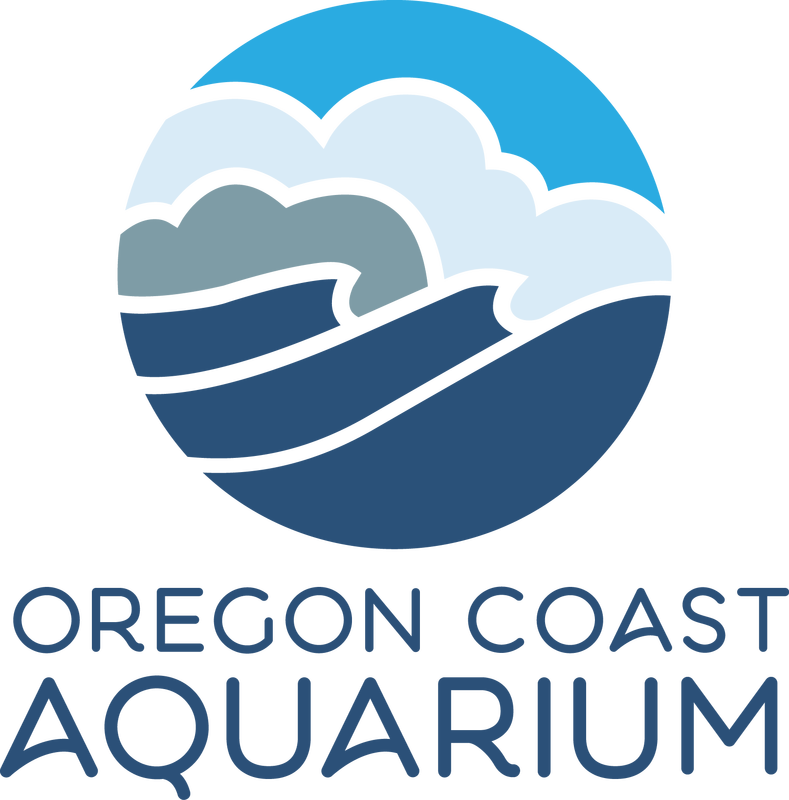ECOSYSTEMS > COASTAL WATERS
In its simplest definition, an island is a piece of land surrounded by water. Depending on their size, you can think of them as a submerged mountain or rocky outcrop with just the upper part exposed to the air. They can be dry and rocky, or wet and densely forested. They can be so small it might take you only a few seconds to walk from one side to the other, or so large you could spend a lifetime exploring them.
In its simplest definition, an island is a piece of land surrounded by water. Depending on their size, you can think of them as a submerged mountain or rocky outcrop with just the upper part exposed to the air. They can be dry and rocky, or wet and densely forested. They can be so small it might take you only a few seconds to walk from one side to the other, or so large you could spend a lifetime exploring them.
|
Oceanic Islands: These types of islands do not sit on any continental shelf and are almost always formed by underwater volcanoes. As the volcano spews forth molten rock, it builds up a rocky base which eventually pierces the water’s surface to create an island. Chains of islands, like those in Hawaii, are formed by volcanic activity. In the case of the Hawaiian Islands, a submerged tectonic plate slowly moved across a stationary “hot spot” which created the islands in succession. If the volcanic formation erodes or collapses so it’s no longer visible above water, coral reefs may form around its perimeter, creating an atoll. Almost always the atoll has a central lagoon ringed by dry land, as can be seen in the Maldives (pictured here) in the Indian Ocean. Other oceanic islands may form when a rift between tectonic plates is forced upward until it breaks the surface, as is the case of Iceland. |
|
Continental Islands: As the name suggests, these are formations rising off the continental shelf. Most of the islands off the Oregon Coast fall into this category as they are constructed of the same volcanic material as the mainland and have been separated over time by the encroaching ocean. Sometimes islands form along rifts where continental plates impact each other. These impacts uplift the land at the edge of these rifts, creating what are known as subcontinental islands. Islands may also form when ocean currents deposit sediment on the continental shelf, such as how a bar forms at the mouth of a river. Barrier islands and river deltas are good examples of this type of island. Pictured here is Matakana Island in New Zealand. |
|
Artificial Islands: These islands are created (at least in part) by human beings, often for a specific purpose including military defense, to increase housing space, or to support industry. In some cases, the island may have been constructed from scratch by building up earth, rock and sand. Examples of this lie offshore from the natural island of Honshu, Japan, where a number of artificial islands have been created, including one for the Kansai International Airport. In other cases, people may have dramatically expanded naturally occurring islands or created them from materials other than rock and sediment. Many ancient artificial islands were constructed from wood or clam shells. One of the most dramatic examples of a modern artificial island lies near Doha, Qatar, on the edge of the Arabian Peninsula. Pictured here is Pearl-Qatar, a 20 mile (32 km) long island that provides luxury housing for 30,000 people. The cost of building the island was $2.5 billion in U.S. dollars. |
Features Related to Islands:
Pristine Laboratory: The Oregon Islands National Wildlife Refuge: The Oregon Coast has thousands of islands sitting just offshore... and all of them are part of the Oregon Islands National Wildlife Refuge. Learn how this immense sanctuary aids both sea birds and scientists.
Reclaiming an Island from Invader Plants: The Gail Achterman Wildlife Area (historically known as Hayden Island) was ravaged by a gravel pit operation and the invasion on non-native plants — but the Oregon Department of Fish & Wildlife has a plan to fix that.
Still Searching: The Mysterious Disappearance of Amelia Earhart: Amelia Earhart's disappearance over the South Pacific in 1937 became an international sensation and one of the world's most enduring mysteries. Learn how historians and archaeologists may be getting close to solving this riddle.
Reclaiming an Island from Invader Plants: The Gail Achterman Wildlife Area (historically known as Hayden Island) was ravaged by a gravel pit operation and the invasion on non-native plants — but the Oregon Department of Fish & Wildlife has a plan to fix that.
Still Searching: The Mysterious Disappearance of Amelia Earhart: Amelia Earhart's disappearance over the South Pacific in 1937 became an international sensation and one of the world's most enduring mysteries. Learn how historians and archaeologists may be getting close to solving this riddle.



